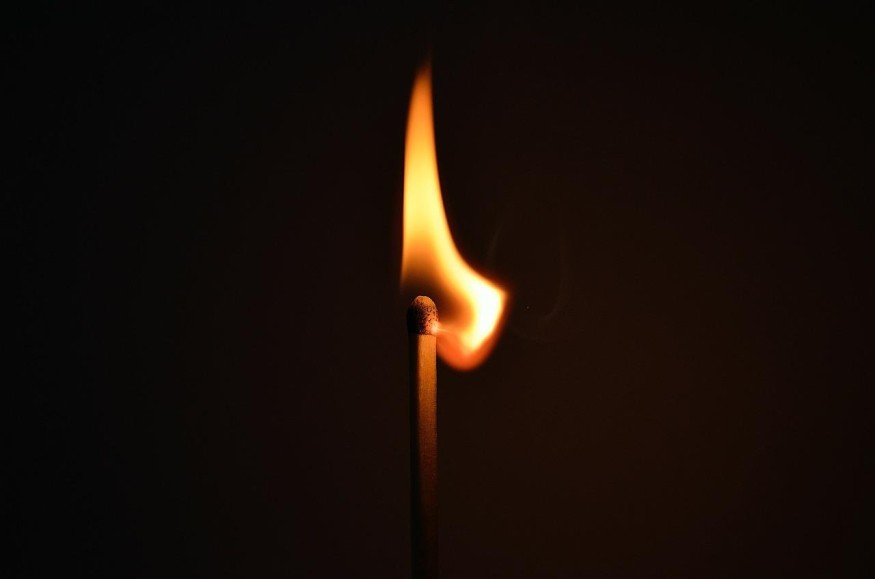NASA said that their quest for fire is to understand how flames spread and behave in space, which is crucial for learning how to control it on Earth and for the safety of astronauts.
Scientists acknowledge that microgravity is crucial for combustion and that led to the various experiments researchers aboard the International Space Station (ISS) to test some core principles of fire. Scientist Daniel Dietrich from NASA Glenn Research Center pointed out that almost all theories of combustion ignore the influence of gravity and through experiments, they would be able to establish the relationship between the two.

Studying Flames in Microgravity
The American space agency emphasized that the main point of studying microgravity combustion is for fire safety in space and a better understanding of practical combustion on Earth. They noted that flames produced in microgravity look a lot different from the ones seen here on Earth as fire tends to be spherical due to the near absence of gravity.
Moreover, hot gasses from the flame on Earth rise while gravity pulls cooler air that directs denser air to the bottom of the flame to create the distinct shape and flickering effect. However, this flow is absent in microgravity, reducing the variable in combustion and making it simpler, resulting in the spherical-shaped flames while in space.
As with other experiments in the space station, research on flames in space was also conducted with safety in mind to avoid risk to the spacecraft. About 1,500 flames were lit in the space station since 2017 as part of the long-running Advanced Combustion via Microgravity Experiments (ACME) project.
ACME Project Scientist Dennis Stocker said in a recent statement that the knowledge they learned from the project could help designers and engineers on Earth develop better furnaces, power plants, boilers, and other combustion systems. ACMe hardware is set to return to Earth this year and will be repurposed for a new set of experiments that go to space next year.
Completed Fire Experiments in Space
Below are the completed fire experiments aboard ISS in the last five years under ACME, according to Space.com:
- Burning Rate Emulator (BRE)
- Coflow Laminar Diffusion Flame (CLD Flame)
- Cool Flames Investigation with Gases (CFI-G)
- Electric-Field Effects on Laminar Diffusion Flames (E-FIELD Flames)
- Flame Design
- Structure and Response of Spherical Diffusion Flames (s-Flame)
New Experiments in Space That Study Flames
Meanwhile, NASA also plans to start a new set of experiments in space about flames that they call the Solid Fuel Ignition and Extinction (SoFIE) project. It will run in the Combustion Integrated Rack of the space station, where experiments can burn safely.
SoFIE is poised to help NASA select materials and design for space suits, habitats, and cabins and will help identify the best way to put out fires or smoldering materials in space in preparation for long-term space missions. The project is built on previous flammability research that will also ignite, burn, and extinguish in space to provide a foundation for human spaceflight beyond low-Earth orbit.
Here are the five investigations that scientists will study while on the ISS:
- Residence Time-Driven Flame Spread
- Narrow Channel Apparatus
- Growth and Extinction Limit
- Material Ignition and Suppression Test
- Spacecraft Materials Microgravity Research on Flammability
RELATED ARTICLE: Top Strange Experiments in Space Made by Humans
Check out more news and information on Space in Science Times.










